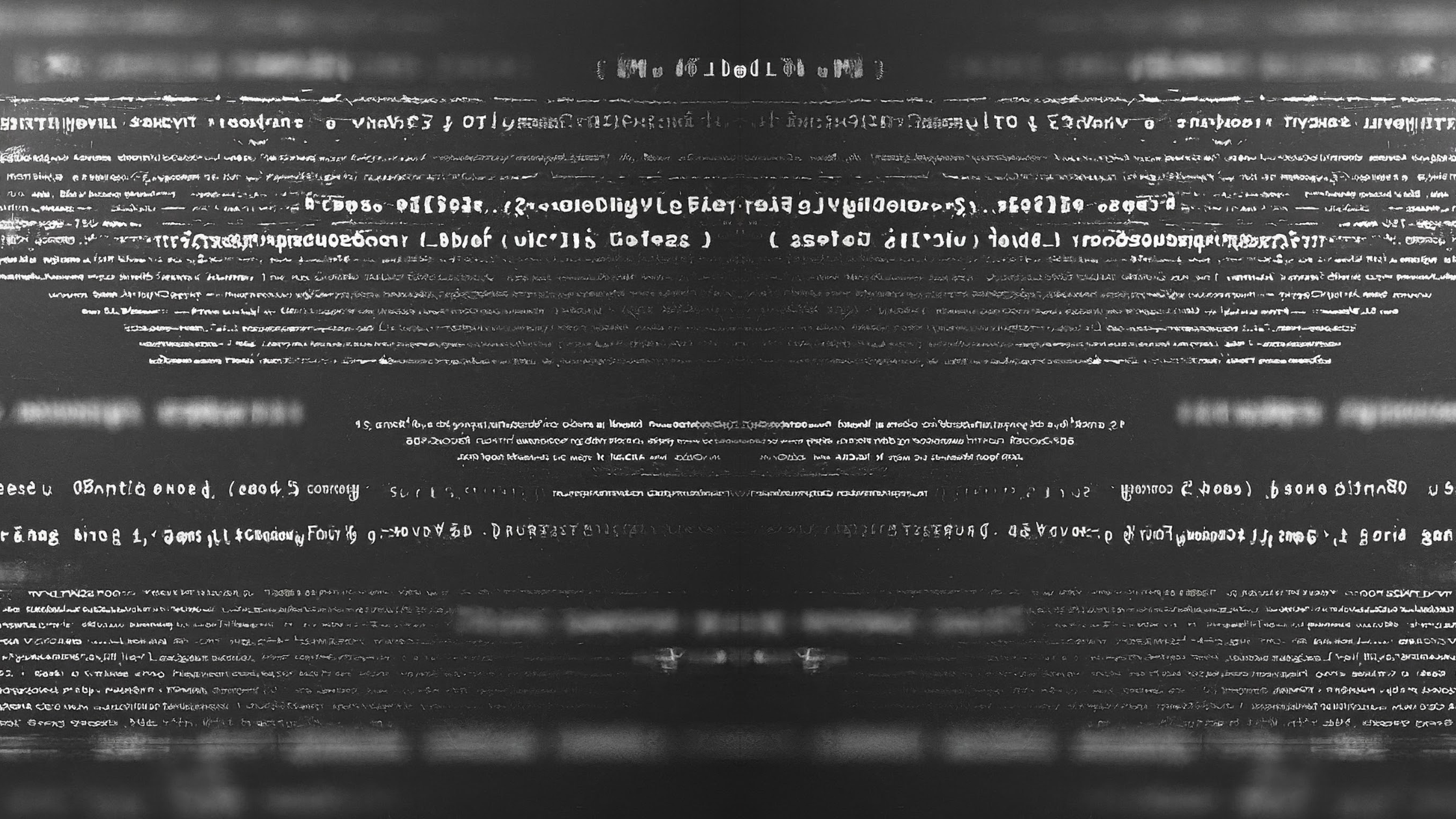Infrastructure as Code (IaC) has transformed the way organizations manage and provision their infrastructure. As the adoption of IaC continues to rise, effective monitoring and observability become essential components of ensuring the reliability, performance, and security of the dynamically provisioned resources. This article explores the specific challenges, best practices, and tools associated with monitoring and observability in the context of Infrastructure as Code.
Challenges in Monitoring IaC:
1. Dynamic Nature of Resources:
- IaC allows for the dynamic creation and deletion of resources based on code changes. Traditional monitoring tools may struggle to keep up with the constantly changing infrastructure.
2. Resource Abstraction:
- IaC often abstracts underlying infrastructure details. Monitoring tools must be able to interpret and present meaningful insights about abstracted resources.
3. Dependency Mapping:
- Understanding dependencies between different infrastructure components is crucial for effective monitoring. IaC environments may have complex dependencies that need to be visualized.
4. Code-Generated Configurations:
- Configuration files generated by IaC scripts may be extensive and complex. Monitoring tools must be capable of parsing and understanding these configurations to provide accurate insights.
Best Practices for Monitoring IaC:
1. Instrumentation in Code:
- Embed monitoring and observability instrumentation directly into IaC code. Use libraries, plugins, or native functionalities of IaC tools to capture relevant metrics and logs.
2. Leverage Infrastructure Monitoring Tools:
- Choose infrastructure monitoring tools that are capable of dynamically discovering and tracking resources created by IaC. Tools like Prometheus, Grafana, and Datadog offer IaC integrations.
3. Use Service Discovery Mechanisms:
- Implement service discovery mechanisms to automatically identify and register newly created services. This is particularly useful in microservices architectures provisioned by IaC.
4. Tagging and Labeling:
- Implement a tagging or labeling strategy for IaC resources. This enables better categorization and organization, making it easier to create meaningful dashboards and alerts.
5. Dynamic Alerting:
- Set up dynamic alerting based on changes in the IaC environment. This includes alerts triggered by the creation, modification, or deletion of critical resources.
6. Dependency Visualization:
- Utilize tools that provide dependency visualization to understand the relationships between different components of the IaC infrastructure.
7. Centralized Logging:
- Centralize logs from IaC-generated resources to a unified logging platform. Tools like the ELK Stack (Elasticsearch, Logstash, Kibana) can handle diverse log formats.
8. Dynamic Scaling Metrics:
- Monitor dynamic scaling events triggered by IaC. Track metrics related to auto-scaling, such as the number of instances, scaling policies, and response times.
Tools for Monitoring IaC:
1. Prometheus:
- An open-source monitoring and alerting toolkit designed for reliability and scalability. It can integrate with IaC environments to collect and store metrics.
2. Grafana:
- A popular open-source platform for monitoring and observability. Grafana allows you to create dashboards that visualize metrics from IaC-managed resources.
3. Datadog:
- A cloud-based monitoring and analytics platform. Datadog supports integrations with IaC tools and can provide insights into the performance and health of provisioned resources.
4. AWS CloudWatch:
- A monitoring and observability service provided by AWS. It seamlessly integrates with IaC deployments on the AWS platform, capturing metrics, logs, and events.
5. Azure Monitor:
- Microsoft’s monitoring solution for Azure environments. It offers tools for collecting and analyzing telemetry data from IaC-managed resources on the Azure platform.
6. Terraform Sentinel:
- A policy-as-code framework that integrates with HashiCorp Terraform. It allows you to enforce policies on IaC code, including monitoring-related policies.
Future Trends in Monitoring IaC:
1. Policy-Based Monitoring:
- Continued development of policy-as-code frameworks to enforce monitoring-related policies directly in IaC scripts.
2. Enhanced Integration with CI/CD:
- Closer integration between IaC tools and Continuous Integration/Continuous Deployment (CI/CD) pipelines for streamlined monitoring workflows.
3. Standardization of Observability Metrics:
- Standardization efforts to define common metrics and observability standards for IaC environments.
4. AI-Driven Monitoring:
- Integration of Artificial Intelligence (AI) and machine learning techniques to automate anomaly detection and provide intelligent insights into IaC monitoring data.
5. Serverless Monitoring:
- Evolution of monitoring solutions to cater to serverless architectures that are increasingly provisioned using IaC.
The Tech Futurist take:
As IaC becomes a fundamental practice in modern infrastructure management, the need for robust monitoring and observability becomes paramount. Implementing best practices and utilizing dedicated tools will ensure that organizations can gain insights into the dynamically changing IaC environments, detect issues proactively, and optimize the performance and reliability of their infrastructure. As the field evolves, staying abreast of emerging trends will be crucial for building resilient and efficient IaC ecosystems.




